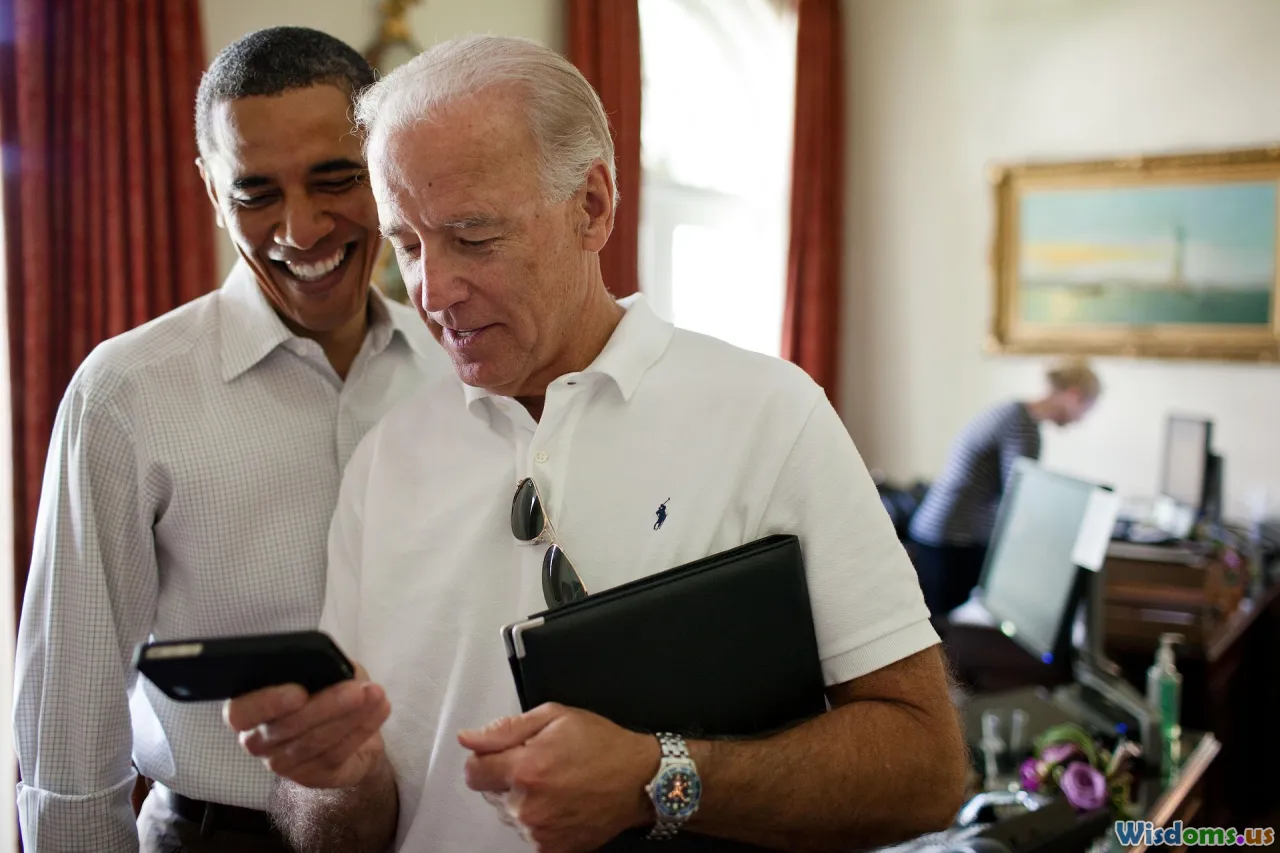
Ten Data Backed Ways to Improve Organizational Culture
11 min read Discover ten proven, data-driven strategies to significantly enhance your organizational culture and drive positive workplace transformation. (0 Reviews)
Ten Data-Backed Ways to Improve Organizational Culture
Organizational culture isn’t just a leadership buzzword—it’s the lifeblood that fuels morale, productivity, and innovation. Many leaders recognize its importance but struggle with actionable steps that drive real, measurable change. Recent studies and data insights illuminate new, evidence-based strategies for creating workplaces where talent thrives and business goals align. Let’s delve into ten proven, practical ways organizations can foster a positive and sustainable culture.
Prioritize Psychological Safety

Teams that foster psychological safety—where employees feel secure sharing ideas or failures without fear of humiliation—consistently outperform those that don’t. According to Google’s Project Aristotle, psychological safety was the top factor distinguishing high-performing teams. Top companies like IDEO structure meetings to encourage risk-taking and “safe” dissent, leading to more creative solutions. Leaders can build psychological safety by modeling vulnerability (openly discussing mistakes), soliciting feedback, and rewarding respectful debate. Tools such as anonymous surveys or suggestion boxes can also lower the barrier for honest input.
Emphasize Transparency from Leadership Down

A 2023 survey by Edelman found that over 80% of employees say trust in leadership increases engagement and retention. Organizations like Buffer default to transparency—sharing everything from salaries to strategic plans company-wide. Leaders can communicate openly about business challenges, rationale for decisions, and progress on cultural initiatives. Providing regular “state of the company” updates, open-door policies, and explainers for major changes are essential practices. This transparency fosters a shared sense of ownership and minimizes the toxic effects of rumor mills.
Foster Diversity, Equity, and Inclusion

According to McKinsey’s 2020 “Diversity Wins” report, companies with higher racial and gender diversity are 25% more likely to have above-average profitability. Beyond profit, heterogeneous teams outperform homogeneous ones in creativity and adaptability. But DEI isn’t achieved passively. Successful companies employ data-driven hiring (like blind resume reviews), robust mentorships for underrepresented groups, and ongoing unconscious bias training. Employee Resource Groups (ERGs) offer safe micro-communities, while transparent promotion pathways prevent glass ceilings. Tracking representation metrics and conducting pay equity audits provides accountability.
Recognize and Reward Contributions Fairly

Gallup’s latest “State of the Workplace” report reveals that only one in three workers “strongly agree” they were recognized in the past seven days—a proven factor in turnover rates. Systems such as peer recognition programs and spot bonuses can help. For example, Salesforce’s “Thank You” feed allows colleagues to publicly acknowledge one another for embodying core values. Importantly, rewards need not be monetary: shoutouts during meetings, handwritten notes, and career development opportunities can be equally motivating. Regular, specific, and equitable recognition reduces feelings of favoritism and increases perceived fairness in the workplace.
Invest in Employee Growth Opportunities

Professional growth is a major driver of engagement. LinkedIn’s 2024 Workplace Learning Report found that 94% of employees say they’d stay at a company longer if it invested in their learning. Top organizations offer stipends for external training, tuition reimbursement, and designated learning time—like Google’s famous ‘20% time’ for personal projects. Structured mentorship and internal mobility programs can further cultivate talent and strengthen interdepartmental bonds. Making learning personal (through Individual Development Plans) and social (via workshops and group problem solving) keeps skills aligned with business evolution.
Promote Work-Life Balance and Wellbeing

Employee burnout is epidemic: a 2023 Deloitte survey found 77% of professionals have experienced burnout at work. To counter this, progressive companies implement flexible schedules, remote work options, and generous PTO policies. Tech firm Slack, for instance, actively discourages after-hours messaging, supporting digital boundaries. Wellbeing programs now extend beyond free snacks or yoga classes—offering mental health days, subsidized counseling, and mindfulness stipends. Listening tools (pulse surveys, engagement apps) allow managers to proactively address stressors. Ultimately, a work environment that respects personal time enhances loyalty and reduces absenteeism.
Set Clear Values and Live Them Consistently

Company values should be more than wall slogans. According to a study by Gallup, employees whose personal values align with company values are five times more likely to be engaged. For Patagonia, the value of environmental stewardship is evident in every product decision and charitable partnership. Organizations must regularly reiterate values in hiring, onboarding, and recognition—using real stories and concrete examples rather than abstract ideals. Values-based feedback, leadership storytelling, and value-specific goal setting ensure alignment is practical, not performative.
Encourage Collaborative Decision-Making

Siloed decisions hinder buy-in and stifle innovation. A study published in the Harvard Business Review showed that organizations embracing collaborative decision-making see higher employee satisfaction and quicker solution implementation. Methods like cross-functional task forces and all-hands planning sessions invite diverse perspectives. At Atlassian, "ShipIt Days" bring together employees across roles to prototype new ideas, generating both engagement and real progress. Digital tools such as shared documents, project management apps, and voting features further democratize participation—strengthening trust and mutual respect.
Use Data to Measure, Track, and Improve Culture

Intuition alone can’t steer culture change—it needs to be tracked. Qualtrics research highlights that organizations tracking cultural health are 2.6 times more likely to outperform their peers. Best-in-class employers use regular engagement surveys, turnover analytics, and Net Promoter Scores (eNPS) to assess workplace sentiment. Real-time dashboards visualize hotspots (like drops in DEI scores or innovation metrics) for swift intervention. Most importantly, leaders should report findings and associated action plans company-wide, demonstrating that insights don’t disappear into a black hole but drive real improvement.
Model and Reward Accountable Leadership

Leadership accountability sets a behavioral norm for the entire organization. According to a Workplace Accountability Study, 82% of respondents said they have "limited" or "no" ability to hold others accountable—which correlates with increased conflict and disengagement. Effective leaders admit missteps, welcome constructive criticism, and follow through on promises. Cisco encourages 360-degree feedback for all executives, and publicizes follow-up actions for transparency. When accountability is paired with support and clear expectations, a culture of trust and continuous growth emerges.
Building a dynamic culture requires intention, measurement, and evolution—not just slogans or pizza Fridays. The common thread behind these data-backed strategies is simple: treat culture as rigorously as any business metric and involve everyone in the journey. With the right evidence-based efforts, organizations can create environments where people feel empowered, valued, and inspired to achieve their best.
Rate the Post
User Reviews
Other posts in Corporate Culture & Work Environment
Popular Posts
















